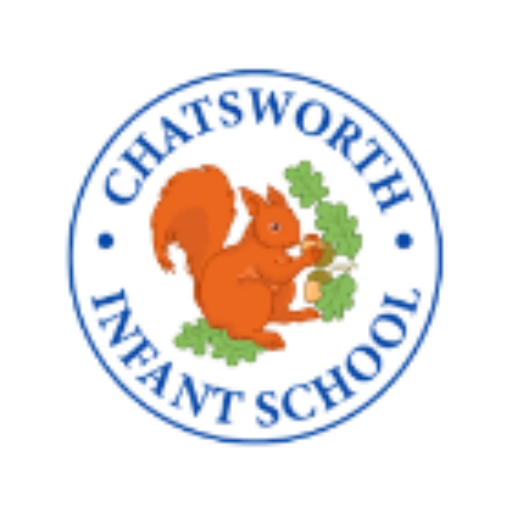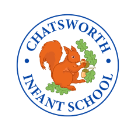Home | Learning | Curriculum | Mathematics
Mathematics
Home | Learning | Curriculum | Subjects | Mathematics
Mathematics
Safe
Happy
Learning
At Chatsworth, we believe every child can be successful in maths. Our goal is to make maths practical, challenging, and engaging, while helping children build a strong foundation in key skills. We focus on developing a deep understanding of basic concepts, ensuring that children have the building blocks they need to progress in maths and reach high standards.
We use the White Rose Maths scheme, which emphasises a balance of conceptual understanding, language, and mathematical thinking. This approach helps pupils make connections between ideas and apply their learning in different situations. Maths is not just about memorising facts; it’s about truly understanding concepts and being able to use them effectively.
Our approach encourages a positive attitude towards maths, helping children feel confident, motivated, and capable. By focusing on the foundational skills, we ensure children have the confidence to apply maths in everyday life and become independent problem-solvers.
In lessons, we focus on:
- Fluency: Developing the ability to recall basic mathematical facts quickly and accurately, while recognising relationships and making connections between ideas.
- Reasoning: Encouraging children to use mathematical language to explain how they solve problems, not just what the answer is.
- Problem-Solving: Using a variety of problem-solving contexts to help children apply their knowledge in new and creative ways.
At Chatsworth, we are committed to giving children the foundational skills and confidence they need to become capable mathematicians, ready to take on the challenges ahead.

Maths Long Term Plan


